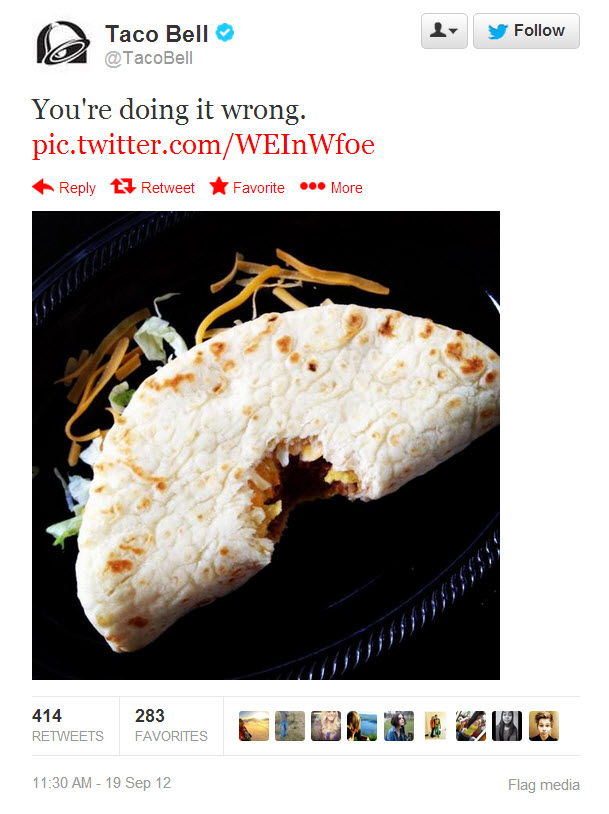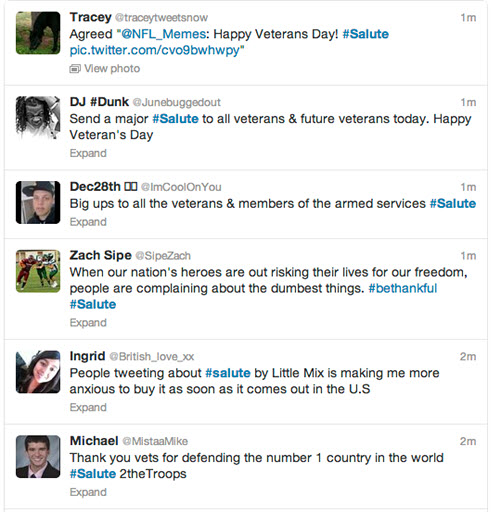#TwitterTips: 5 steps for a successful 140-character conversation on Twitter
Tweets are limited to 140 characters, which allows readers to easily digest your content. How do we put out amazing shareable content in such a restricted template? Read on for five tips you can use to create engaging conversations on Twitter.
Step #1. Have a purpose
It’s good practice to begin with a purpose for each piece of content shared on social media platforms. Because Twitter is limited by so few characters, this especially holds true. Every tweet should have a purpose.
Your point has to come across very quickly and at the same time, make your audience want to find out more about what you posted.
When you compose a tweet, imagine how your followers will use that information and how will it help them.
Here are some questions you should ask yourself first to help narrow down your purpose before you tweet:
- What message are you trying to convey to your audience?
- Are you trying to influence, promote, sell, provide customer service, or maybe just attract attention?
- What message do you want the audience to walk away with?
- Do you want the audience to take action, to be better informed, or simply just be entertained?
Step #2. Learn how to use the medium effectively
Once you have the purpose nailed down, you need to figure out the best way to convey the message to your audience.
You want content that is engaging, purposeful, and most importantly, shareable. Depending on your audience, pairing a tweet with an image may drive the message home to your audience versus just providing a link.
The best way to discover the ideal messaging medium for your audience is by testing and measuring engagement.
There are two things to consider:
- Is text the best format to put out your message?
- Could video, links to other pages or images help drive your message?
Step #3. Set the right tone
Depending on your audience and purpose, I recommend conveying your message in a conversational tone that focuses on “customer-speak.”
Many brands focus on promoting messages using unfamiliar language and jargon I call “company-speak,” which often delivers a tone that can be easily perceived as talking “at” your followers rather than talking “to” them.
My point is to aim the tone of your message toward conversation. Here are some examples of tweets with a conversational tone.
 |
 |
Step #4. Hashtags
No blog post on the subject of Twitter could be complete without a conversation on hashtags.
A hashtag is a tool that makes words searchable and allows Twitter users to tap into a conversation around that word.
My recommendation is do not go crazy with hashtags. I suggest using two hashtags per tweet at most. This will help you avoid overwhelming your audience and keep the conversation relevant.
Here are some great examples of how the hashtag “#Salute” was used on Veteran’s Day to give you an idea of how hashtags drive conversation.
Step #5. Have fun
Twitter is a chance to engage with your audience in a setting where creativity and standing out is rewarded.
Power out? No problem. pic.twitter.com/dnQ7pOgC
— Oreo Cookie (@Oreo) February 4, 2013
The example that stands out most for me is Oreo’s infamous Super Bowl tweet. While brand standards and voice guidelines take precedence, don’t forget that fun content can also serve to engage your audience.
Related Resources:
What the Country Music Awards Can Teach Us About Social Engagement
Email Marketing: 3 award-winning lessons about relevance
Why Social Media is the New Customer Service Hotline
Categories: Online Marketing help with social media, help with Twitter, marketing strategy, social media, using hashtags, Using twitter











Rachel, Thank you so much for this informative article! It “has it all!” I like the visuals and the clear, concise text! I will pin, share and use!